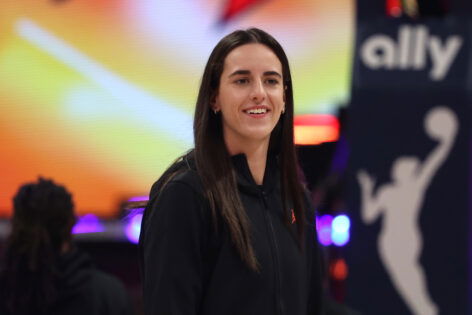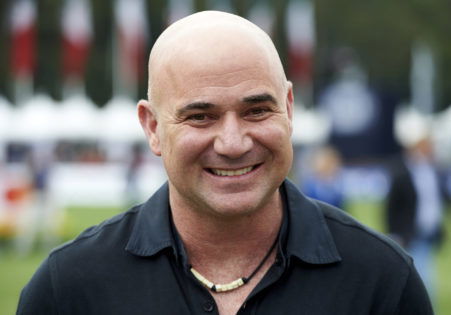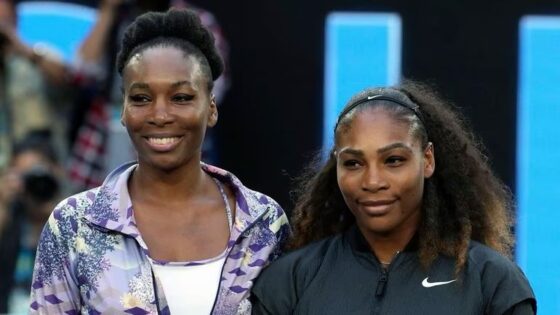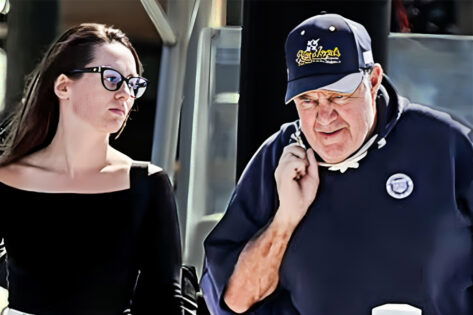During the fourth stop of their eight-day road trip, the Indiana Fever faced another test of resilience. A loss to the Phoenix Mercury on Wednesday night was a setback, but what mattered most was a single word, spoken quietly during a postgame interview, that highlighted the team’s fragile state: “Possibly.”
The game in Phoenix offered a kind of homecoming for one Fever player, a veteran who had previously played in Atlanta. “Yeah, you know, Atlanta was good to me,” she said, reflecting on her former team. “But I’m way happier where I’m at now. It was good to see people. It was fun to play in front of some fans. But for me, I’m way happier in Indiana.” Her remarks were not a critique of her past, but a quiet, honest declaration of where she belongs, a place where she is needed more than ever.
The team’s troubles went far deeper than the final score. In the first quarter, veteran guard and emotional leader Sydney Colson left the game with a left knee injury. Later, Arie McDonald also exited with a right foot injury. Both are awaiting further evaluation, compounding the minor ankle issue the former Atlanta player herself sustained in the second quarter. “It sucks, right?” she said, her voice heavy with concern. “You don’t ever want to see anyone be injured on any team. I feel like there’s been a lot of injuries this year in the W… harsh ones, I think. But Sid is still the heartbeat of our team. She’s going to be okay. Our team’s going to be okay.”
The Fever’s challenges extend beyond injuries. Rookie star Caitlin Clark, while still a galvanizing force for the league, has seen her shooting percentages dip to 37% from the field and 27% from beyond the arc, a predictable growing pain for a player shouldering immense pressure. The team’s defense, too, has been a persistent weakness. Phoenix capitalized on the Fever’s defensive lapses, a point acknowledged by both players and the coaching staff. The player noted the early “slippages” that led to easy baskets for Phoenix, while coach Christie Sides put it in terms, “You give them 42 points off of turnovers and offensive rebounds, it’s going to make for a tough night.”
Yet, even in the face of so much frustration, a sense of resolve remains. The player, when asked if she ever considered quitting as a child, smiled and offered a simple wisdom. “Yeah, sometimes you doubt yourself, sometimes you lack confidence. But there’s always a fire in you. Everyone’s going to fail. And if you’re not failing, you’re not pushing yourself hard enough.” It’s a sentiment that speaks to the spirit of this Fever team. Coach Sides with the same sentiment, noting that even during a difficult loss, the team remained “tight in our huddles, still engaged in timeouts.”
As the Fever return to Indiana, worn down but not out, the questions linger. The status of Colson and McDonald remains unclear, and the team’s defensive issues are far from solved. This moment, however, is not just about a single road trip or one rookie’s struggles. It’s about the evolution of a team and a league where athletes are increasingly allowed to speak openly about adversity. The Fever, for all their troubles, is still showing up. For now, perhaps, that is enough.
But the debate still goes on, at least for some, regarding Caitlin Clark.
Is Clark ‘Good’?
The tribulations of the Indiana Fever exist not only on the court but in the ongoing public discourse surrounding their star, Caitlin Clark. Her shooting struggles 37% from the field and 27% from three-point range, have fueled a contentious debate about her place in the WNBA. This conversation came to a head recently when former NBA All-Star Jeff Teague, on his popular 520 Podcast, suggested Clark was “not that good.”
Teague’s comment drew a fiery rebuke from respected coach and basketball legend Nancy Lieberman, who came to Clark’s defense. Lieberman, a veteran of the women’s game, was quoted as saying, “I don’t agree with Jeff Teague, you weren’t a great player. You were serviceable; you made the All-Star team one time… She is great.” While Lieberman’s personal attack on Teague’s career was a point of contention for some, it highlighted the intense emotions surrounding Clark’s performance and her role as a league figurehead.
This clash of opinions is a microcosm of the larger battle for the narrative of the WNBA. Clark, a superstar who has experienced unprecedented growth in women’s sports, finds her value constantly under scrutiny. While her on-court statistics may have wavered, her broader impact is filling arenas, drawing television audiences, and the league’s profile is undeniable.
The question of whether she is “good” or “great” is more than a simple matter of statistics; it is a debate about what constitutes a superstar in this new, rapidly evolving era of women’s basketball.
The post Caitlin Clark’s Teammate Hints Discomfort Beyond Indiana Fever’s Defense Amid 29-Year WNBA History appeared first on EssentiallySports.



